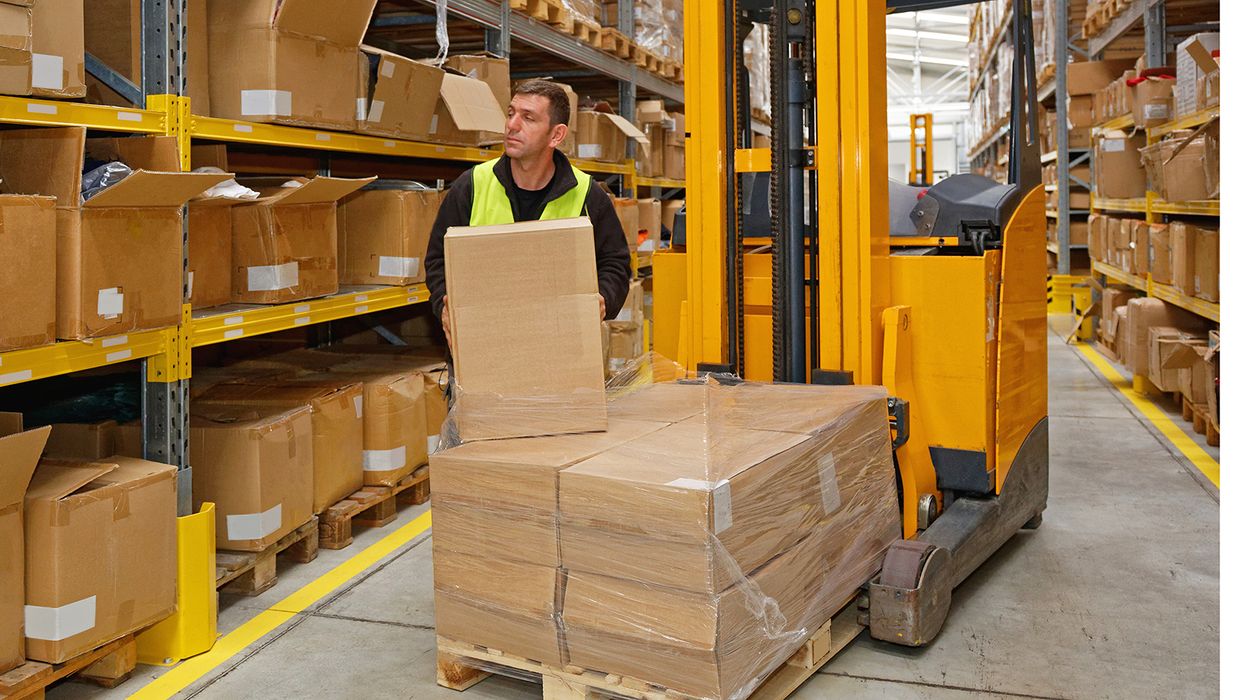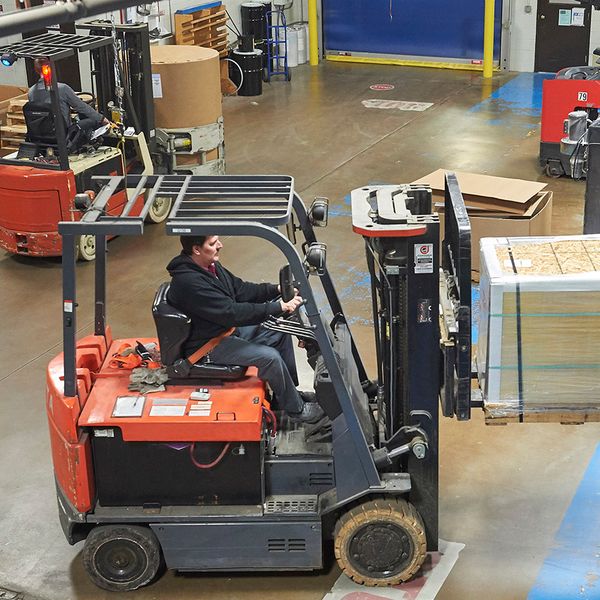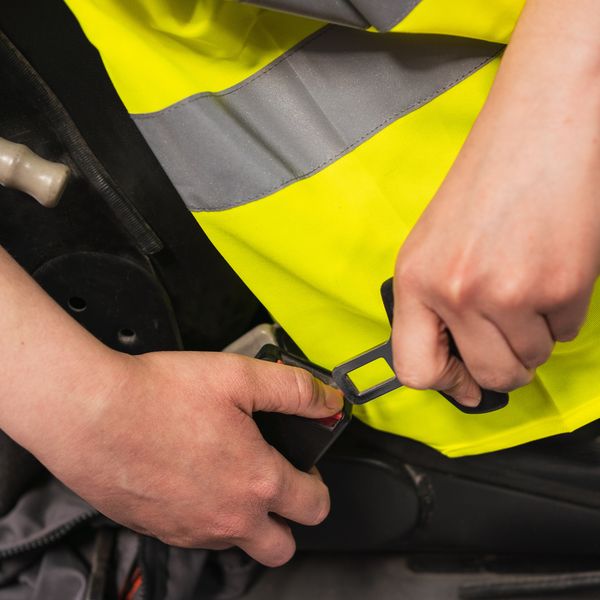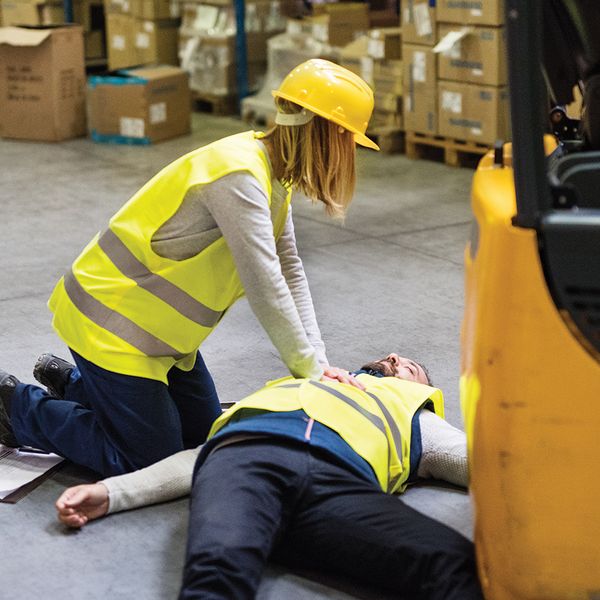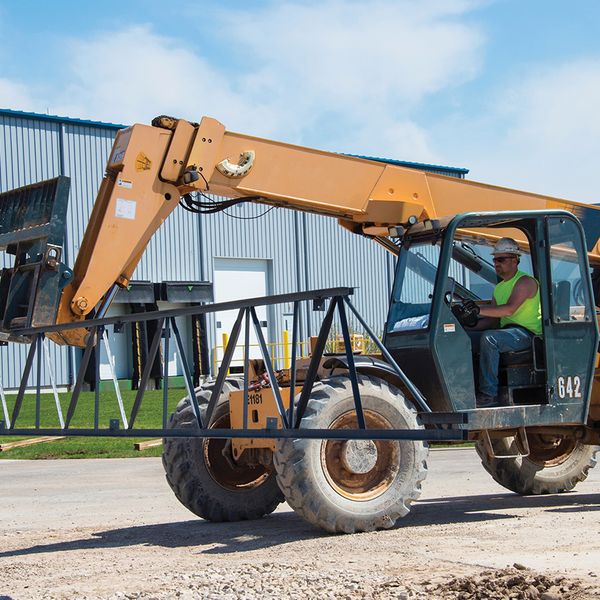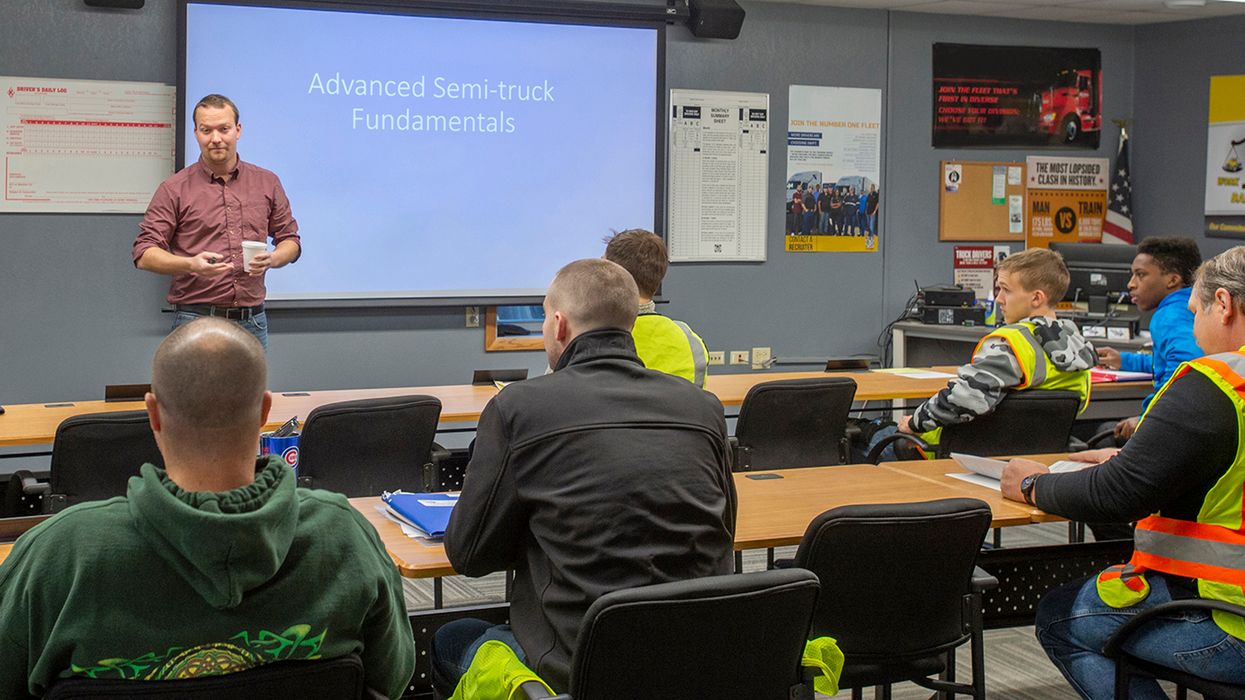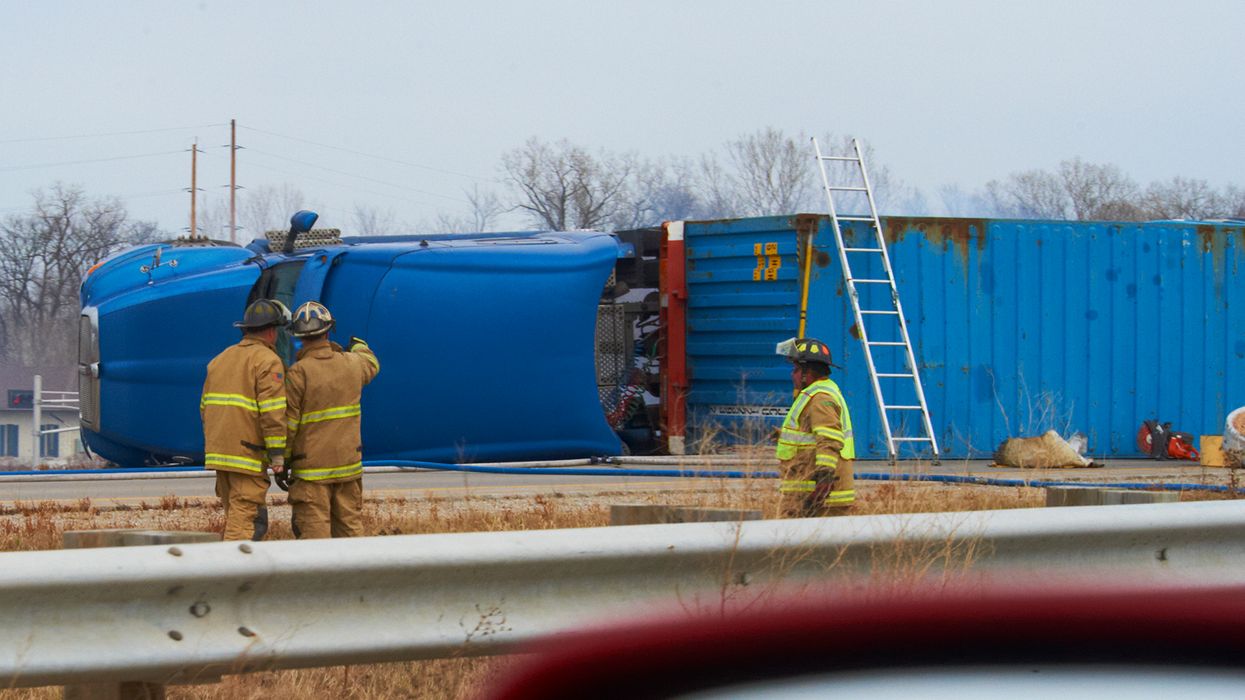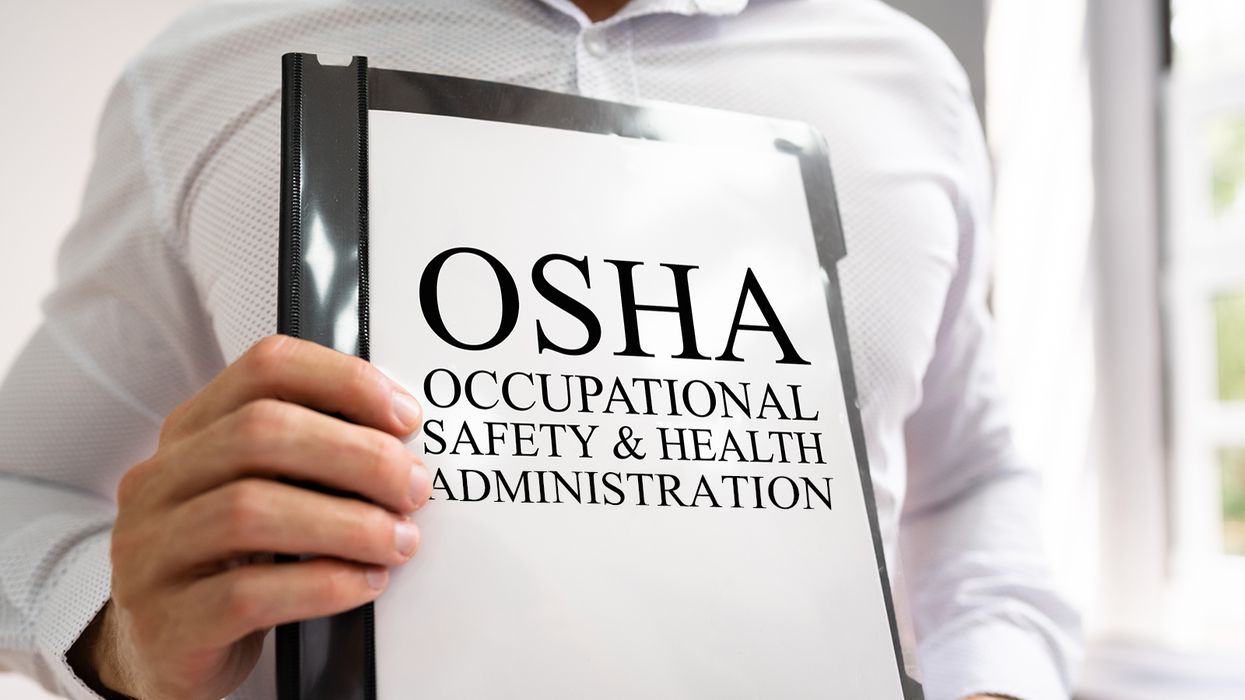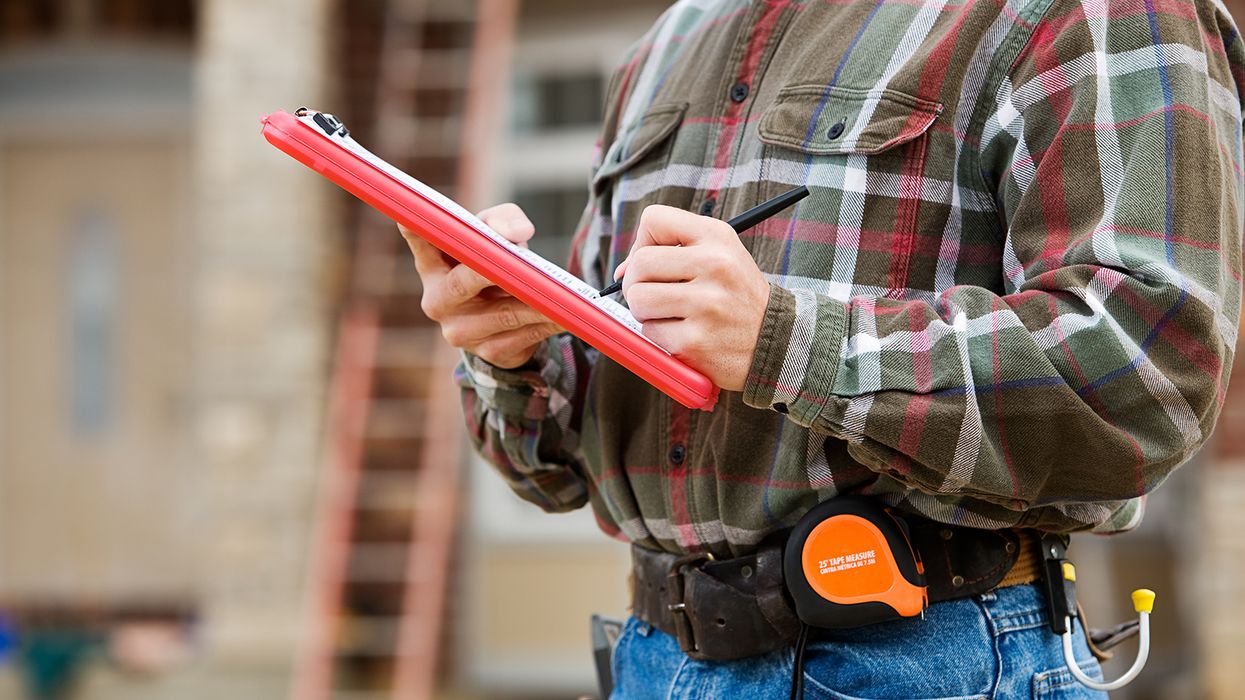Narrow-aisle forklifts: Are you aware of “under-ride” hazards?
A judge with the Occupational Safety and Health Review Commission (OSHRC) recently upheld a citation against a warehouse employer related to a crushing hazard with stand-up, narrow-aisle forklifts.
In particular, the hazard cited is known in industry as an “under-ride” hazard, where the operator of a stand-up forklift can contact racking beams, due to the equipment’s operator compartment being open. Incidents can happen if the operator travels with the forks trailing and backs up toward the storage rack. If the operator drives the lift too far, so that it passes beneath the horizontal crossbar (i.e., “under-rides”), the crossbar can enter the operator’s compartment and crush the operator inside the compartment.
OSHA does not have a specific standard addressing this issue. However, the agency has used the General Duty Clause of the OSH Act, often referencing the manufacturer’s operating instructions, as well as a Safety and Health Information Bulletin the agency issued a few years ago, to hold employers responsible for preventing the hazard.
In the case, OSHA investigated a fatality where a stand-up operator contacted racking and sustained fatal injuries. OSHA cited the company under the General Duty Clause of the OSH Act for not lowering the racking beam to prevent the hazard and/or installing guards on the lift trucks.
The company argued, among other things, that OSHA was preempted from using the General Duty Clause because the agency has standards addressing forklift operation and forklift operator training. Further, the company argued that after a previous under-ride incident, the company widened aisleways as a means to prevent further incidents.
The judge sided with OSHA, saying that training alone could not protect workers sufficiently, nor would widening the aisles totally mitigate the hazards, as evidenced by the fact that a second incident occurred. The judge upheld the citation.
What you can do If you have stand-up forklifts with open operator compartments, it’s important to survey your facility for possible under-ride hazards. This is particularly important if the equipment operates in narrow-aisle racking.
Some potential ways to eliminate or control under-ride hazards, include: • Adjust the shelf heights so that the body of the forklift below the operator’s compartment will strike the rack in the event of contact, preventing under-ride from occurring.
- Adjust the shelf heights so that the forklift’s overhead guard will strike the rack in the event of contact, preventing under-ride from occurring.
- Install a barrier, even with the outer edge of the storage rack (such as a curb or floor level shelf), so that the bottom of the forklift will strike the curb or shelf in the event of contact, preventing an under-ride from occurring.
- Purchase, where appropriate, stand-up forklifts that have corner posts, extended backrests, rear post guards, or other features to prevent an under-ride from occurring. (Specific guards or other means that enhance safe operations would be determined through cooperation between the user and manufacturer.)
- Contact the manufacturer to discuss installing rear post guards or other equivalent protections that address the under-ride hazard on existing stand-up forklifts. These posts may be available from the forklift manufacturer.
- Evaluate control methods to assure that guards do not limit visibility, present pinch-point hazards, or add any additional hazard to forklift operators or other employees on the site.
- Train employees to operate forklifts safely as required by paragraph (l) of 29 CFR 1910.178, including recognizing the hazards of the workplace created by the use of the vehicles.

